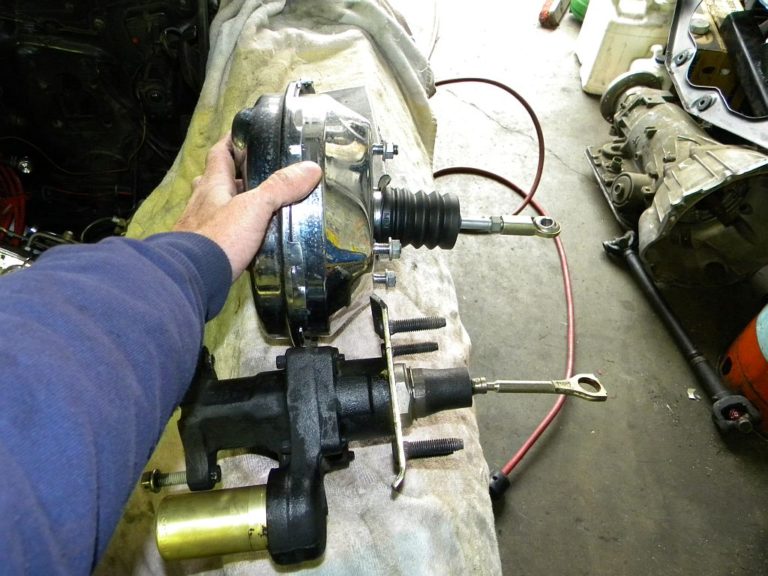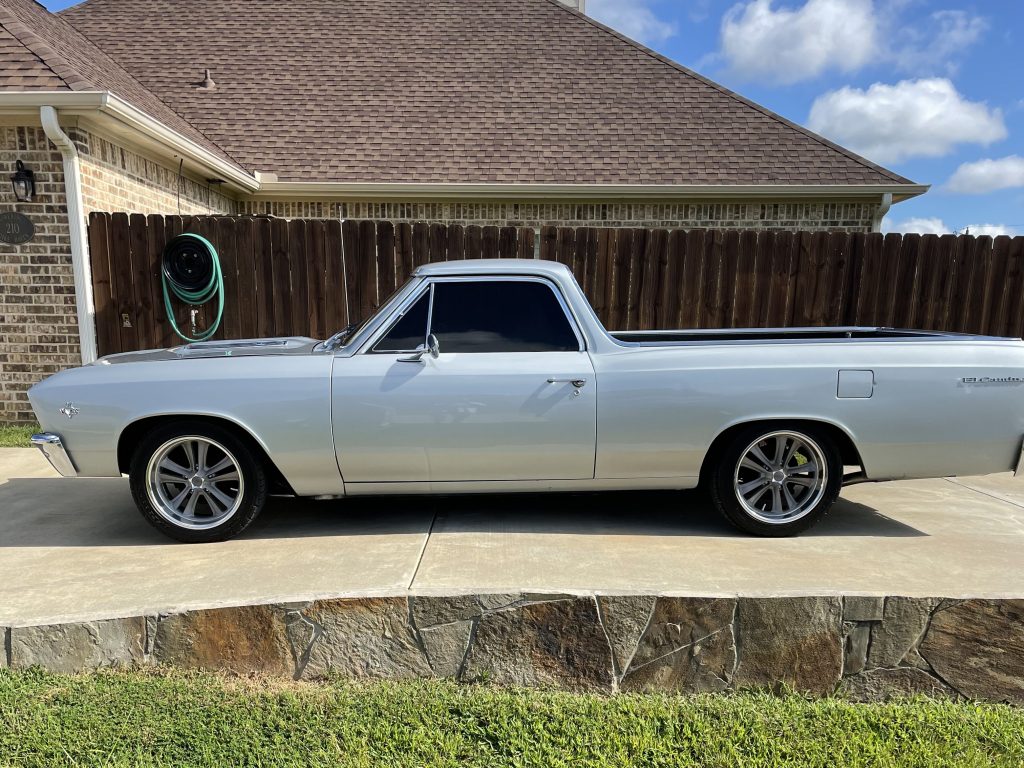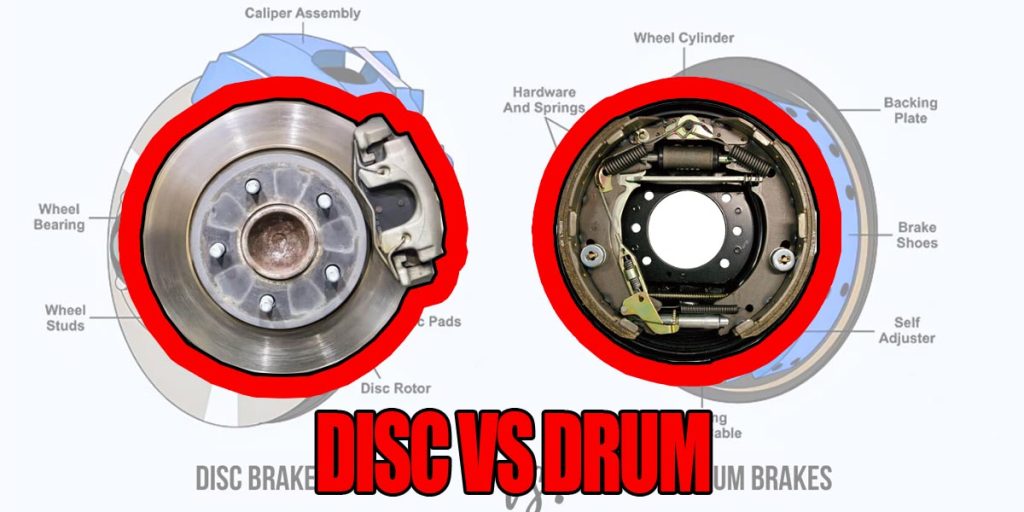Brake Booster Breakdown
Vacuum, hydroboost, or manual? 7″ 8″, 9″, or 11″? Single or dual diaphragm? There are lots of options when considering a brake booster and it can be confusing. Let’s remove some of the confusion so you get the best brake-boosted system you can.
Manual or Boosted?
Before diving into the different brake booster options and sizes, let’s talk about whether you even need or want a brake booster. A brake booster makes the pedal effort easier when trying to stop a vehicle – so why wouldn’t you want one? Here’s an article breaking down brake systems.
For starters, if you have a radical camshaft where the engine doesn’t make a lot of vacuum – then you basically can’t run a vacuum booster without an extra canister or running a vacuum pump. Generally, racing engines don’t make enough vacuum to support the vacuum booster.
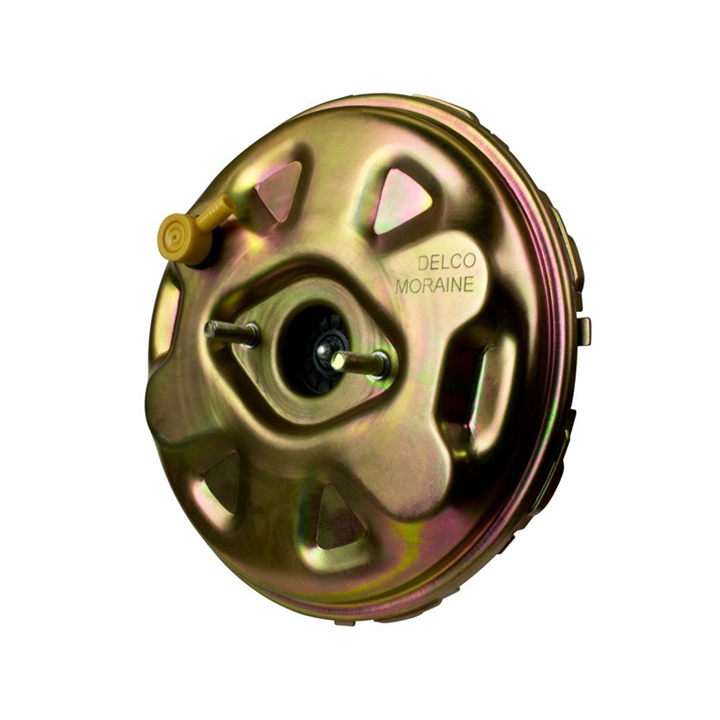
The second is preference. Many drivers like the feel that manual brakes give them. Especially racers where they get some feedback and feel from the pedal coming in. Some gearheads just plain like the looks and feel of manual brakes and go that route.
Lastly would be space constraints. Sometimes there just isn’t enough room to run a vacuum booster or any other booster. If you have minimal space to work with, a manual is your best bet.
Vacuum or Hydroboost?
Now that you’ve determined if you need a booster, do you pick a vacuum booster or hydroboost setup? Both accomplish the same task of providing a boost for your braking but accomplish that in different ways.
A vacuum booster’s name implies how it works; it uses the engine’s vacuum. The vacuum booster is a canister that goes between the brake pedal and the master cylinder. This canister holds a vacuum and has a diaphragm and when you apply the brakes the vacuum helps pull the pedal into the master cylinder.
A hydroboost setup works similarly in that it assists the braking. However, it works with hydraulics. The power steering pump feeds the steering box and the hydroboost setup that goes between the pedal and the master cylinder. Unlike vacuum boosters, this uses hydraulic pressure to assist the braking.
A vacuum booster is a very simple setup requiring a vacuum line to run over to the engine. A hydroboost setup requires extra power steering hoses to be run – but it’s not too complicated of a job either.
Vacuum boosters can run out of vacuum with high lift cam motors or rapid pedal pumping. Hydroboost doesn’t have that same problem as the power steering pump provides constant pressure to the unit. If you want assisted braking but have a wild cam, hydroboost is the way to go.
Generally speaking, a vacuum booster is a cheaper option than hydroboost as well. Vacuum boosters can be bought for around $100, while a hydroboost system can be $1,000 or more.
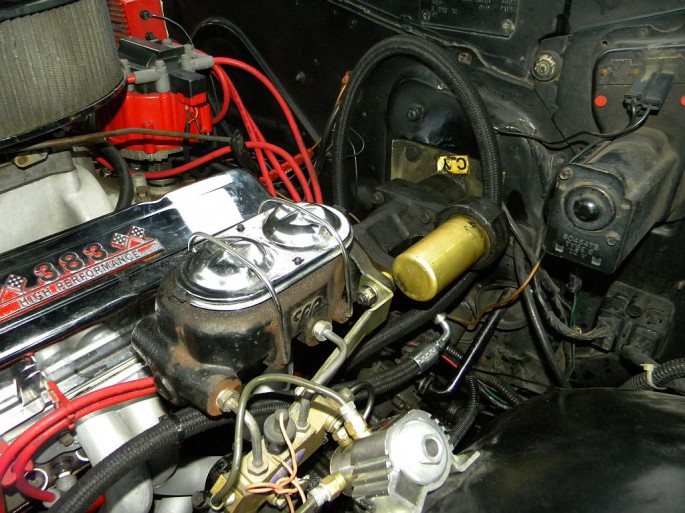
Another reason for utilizing a hydroboost setup is space. Sometimes you can’t fit a large vacuum booster under the hood, but you can fit the more compact hydroboost unit. Lastly, a hydroboost setup offers lots more braking assistance than a traditional vacuum booster which some drivers like.
What Size and How Many Diaphragms?
If you’ve decided on a vacuum booster, then what size and how many diaphragms do you choose? There are generally three different sizes and boosters with single or dual diaphragms.
Generally speaking the bigger the booster, the more vacuum it will hold. This doesn’t mean a bigger one works better; it means you might be able to get away with a slightly larger camshaft.
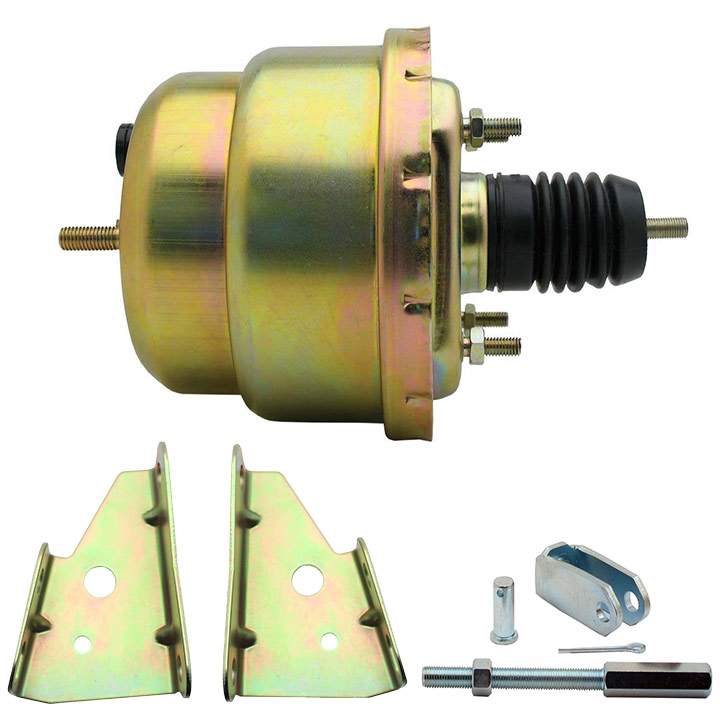
Our Chevrolet Classics generally came with a 9″ single diaphragm booster until 1966 and then went to 11″ in 1967. If you’re wanting something period correct stick with those numbers.
If you have a bigger camshaft that isn’t quite making enough vacuum for a traditional single diaphragm, a dual-diaphragm might work for you. These work the exact same way except they have two cavities to store the vacuum. This increased capacity could be enough to get away with a larger camshaft that will take longer to create vacuum.
For most, a stock replacement vacuum booster will handle the job. If you’re building a motor with some serious horsepower, then you might need to change that up to a different setup. If you need help choosing which brake assist system to use, reach out to our friendly techs at SS396.com or give them a call at (235) 203-1200!

